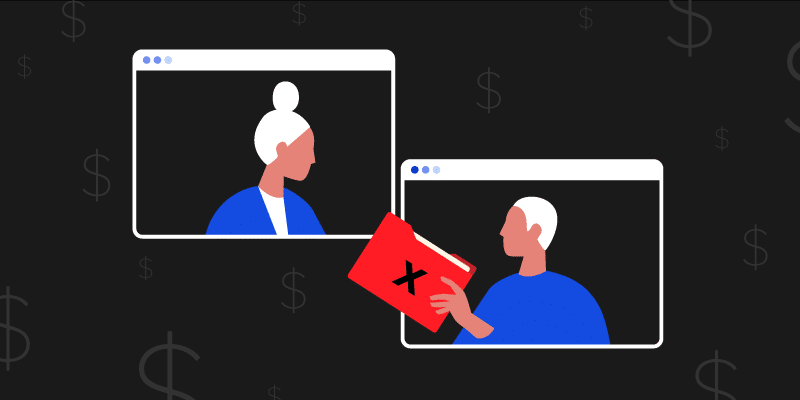The hidden costs of insecure file sharing: A horror story

It’s long past Halloween, but IT horror stories happen no matter the season.
Ensuring the security and integrity of your organization is the utmost priority in IT. Yet given the constant flow of information within organizations in terms of file sharing, the protection of sensitive data is often overlooked in one’s file sharing environment. What may seem like innocuous sharing activities can accumulate significant risks when multiplied across a larger user base.
Oh too familiar horror stories
After working closely with IT for over a decade, the team here at BetterCloud has heard countless horror stories about the blind spots of DLP (Data Loss Prevention) and File Sharing Governance.
Here are just two of the many many stories we’ve heard…
A genetic gamble: insider threat exposes secrets
As a leader in Genetics research, a prominent Genetics research firm highly prioritized safeguarding proprietary information and customer PII. Upon running an audit of its drive, the IT team discovered that an individual who had left their company to work at a competitor had shared files to themselves in their new work email.
Sharing proprietary data is a nightmare, especially when it falls into the hands of competitors. This unfair advantage can be disastrous.
Post-identify theft challenges
Mike* joined a nationwide staffing agency during a tumultuous time for IT: the company had just incurred a major identity theft issue because an employee had publicly shared a document containing Social Security numbers. Mike’s CIO, Ron*, directed Mike that his first priority was to find files that were not secure in their environment and fix them.
Despite the team conducting several company-wide training sessions following the fraud incident, the team uncovered hundreds of publicly shared files containing sensitive data.
Understanding the data sharing landscape
File sharing is an inherent activity in every organization today. With users sharing two files daily, this opens up potential entry points for security breaches or compliance violations (which are multiplied across the entire workforce).
We need to stay ahead of the game when it comes to file sharing. Tricent, a BetterCloud Company, can help us do just that by predicting and preventing issues.
Calculating the costs of unsharing
To understand the true cost of unsharing, we need to consider various factors, including IT hours, employee time, and associated expenses. Let’s break down the calculation using the provided formula: Cost of unsharing = (1 x 40 IT hours to set up a script) + (frequency x 3 IT hours for re-running script) + (frequency x employee count x 30 minutes x white-collar hours) + (frequency x 5 IT hours for cleanup script).
Now, let’s apply this formula to a hypothetical scenario with 1,000 employees: Yearly cost of unsharing = (40 x $31.41) + (11 x 3 x $31.41) + (12 x (1,000 x 0.5) x $25.70) + (12 x 5 x $31.41). Sysadmin salary: $31.41 per hour. White collar worker: $25.70 per hour.= $1,256.40 + $1,036.53 + $154,200 + $1,884.60 = $158,377.53 (Manual cost)
Yes, you are reading it correctly: In this business case, the manual cost of unsharing is: $158,377.53 annually.
A happier, cost-effective ending: Secure file sharing
A comprehensive data governance strategy, underpinned by a powerful SaaS Lifecycle Management platform, is key to long-term success.
Manually unsharing files is a real pain and takes up a lot of time and energy. BetterCloud’s IT automation tools can streamline this process, saving you both time and money.
Ready to banish the ghosts of insecure file sharing?
*These names have been changed for the privacy of these individuals.


